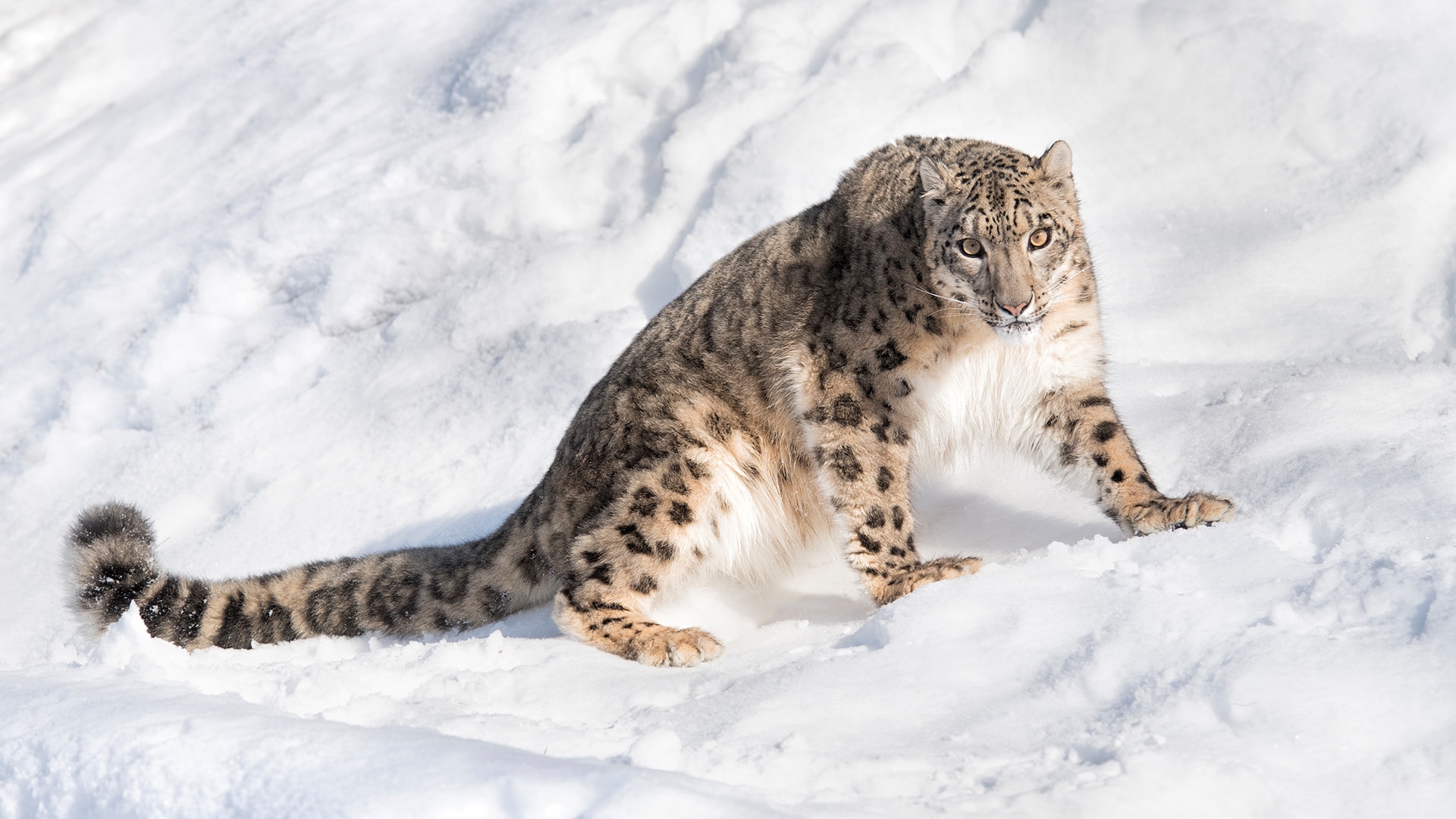BBC Earth newsletter
BBC Earth delivered direct to your inbox
Sign up to receive news, updates and exclusives from BBC Earth and related content from BBC Studios by email.
Conservation
Many plants and animals are under threat due to human actions.
Habitat loss and climate change are severely affecting species all around the globe. Sea turtles are losing the beaches where they lay eggs to erosion, while African elephants are threatened by poachers and conflict with farmers. Both play an important role in their ecosystems. Their actions help other species who live alongside them to survive. And losing these creatures, and the ones you’re about to meet, could have a devastating knock-on effect on the wider environmental world.

For over 200 years the whaling industry decimated the global whale population. But conservation action in recent times has helped to stabilise depleted whale numbers.
And this is vitally important as whales help the planet stay healthy in a number of ways. One of these ways is, there’s no other way to say this, poo. As whales surface for air they release huge faecal plumes that nourishes the ocean and helps support the food chain1.
They also help the environment when they die. As both enormous and long-living creatures, whales accumulate large amounts of carbon, taken from the atmosphere and stored in their bodies2. When they expire, this carbon falls to the ocean floor. And the gigantic whale carcass then feeds around 400 species of marine life3.
Smaller actions can also help whales and other forms of marine life. Fish and sea mammals can die from ingesting or becoming entangled in debris floating in their waters, most of it coming from us as litter swept out to sea. Recycling as much as possible or organising beach litter picks could significantly cut down on the waste washed out to sea.

If birds were solely required to provide more beauty and wonder into the world, then their existence would be justified. But they do this and also give us so many environmental benefits as well. From the poles to the rain forest to deserts and every environment in between, you’ll find birds playing a vital role.
Birds are important for pollination. We may think insects such as bees and butterflies do the bulk of the pollinating, but birds pollinate 5% of the plants humans use for food or medicine4. Birds help plant life via seed dispersal too. The seeds they eat are released via droppings (providing a healthy dose of fertiliser) and as birds migrate, often enormous distances, they spread these seeds across the globe. Seabird droppings are also a vital nutritious source for the globe’s coral reefs, helping to keep them alive5.
Birds also get rid of plenty of pesky pests, devouring up to 500 million tons of insects a year, providing a vital service to agriculture6. While habitat loss means some birds species have declined rapidly, conservation and reintroduction programs, such as Red Kites in the south of England, have helped to bolster numbers7.
Numbers could be further bolstered by significant small actions such as leaving out food and a clean, fresh water supply for garden birds, especially during the winter.

Bats provide massive ecological benefits to the wider world. They too are pollinators and, as they are mainly nocturnal, they pollinate plants that birds and insects often miss, such as rare types of cactus. More than 500 types of plant, including mangoes, bananas, and avocados, depend on bats for pollination8.
And like birds, they are also mighty seed spreaders, which is especially important in rainforests, which have suffered from invasive felling and habitat loss9. The guano, or excrement of bats is a more fertile fertiliser than cow manure and supplies much need nutrients to cave systems that other creatures can exploit. And the creature’s incredible natural assets have helped the human world. Their echolocation system of navigation has been imitated in technological innovations such as sonar10.
Placing a bat box, that resemble a bird nest-box but features a slit at the bottom, in a suitable position in a garden, is a great way to help bats flourish.

Situated in the harsh, rugged mountainous regions of central and southern Asia, the elusive snow leopard is one of the most mysterious big cats on the planet. We know very little about them, but do know their numbers are dwindling. There might be as few as 400011 left in the wild.
They find themselves under threat from a variety of different factors. Their beautiful, thick, insulated fur makes them a target for poachers, while there are often retaliatory killings by herders when the leopards attack livestock. Climate change is also a major problem. The cats seek out cold, bleak areas, usually at heights of over 3,000 metres12, where they can easily camouflage themselves against the snow. But a warming planet means their ideal habitat is shrinking.
Snow leopards are vital for ecological balance in the areas the live and hunt in. By mainly preying on herbivores such as sheep and goats13, they ensure these creatures don’t overgraze the land, creating shortages for other animals lower down the food chain. Conservation groups are working with people who live alongside the snow leopards and attempting to change the attitude of livestock owners towards these magnificent creatures by getting them involved in their study and protection.
Battling climate change around the globe will also have an enormous beneficial effect on animals such as the Snow Leopard. This isn’t only a task for governments or big corporations – small individual actions like going car free as often as possible, using renewable energy, eating less meat or trying to shop sustainably will all help immensely14.
Featured image © Witthaya Prasongsin | Getty
1. Faecal plumes, 2. Carbon removal, 3. Whale carcass, 4. Bird pollination, 5. Coral reefs, 6. Insects, 7. Red kites, 8. Bat pollination, 9. Reforestation, 10. Sonar, 11. Snow leopard numbers, 12. Habitat, 13. Prey, 14. Climate change